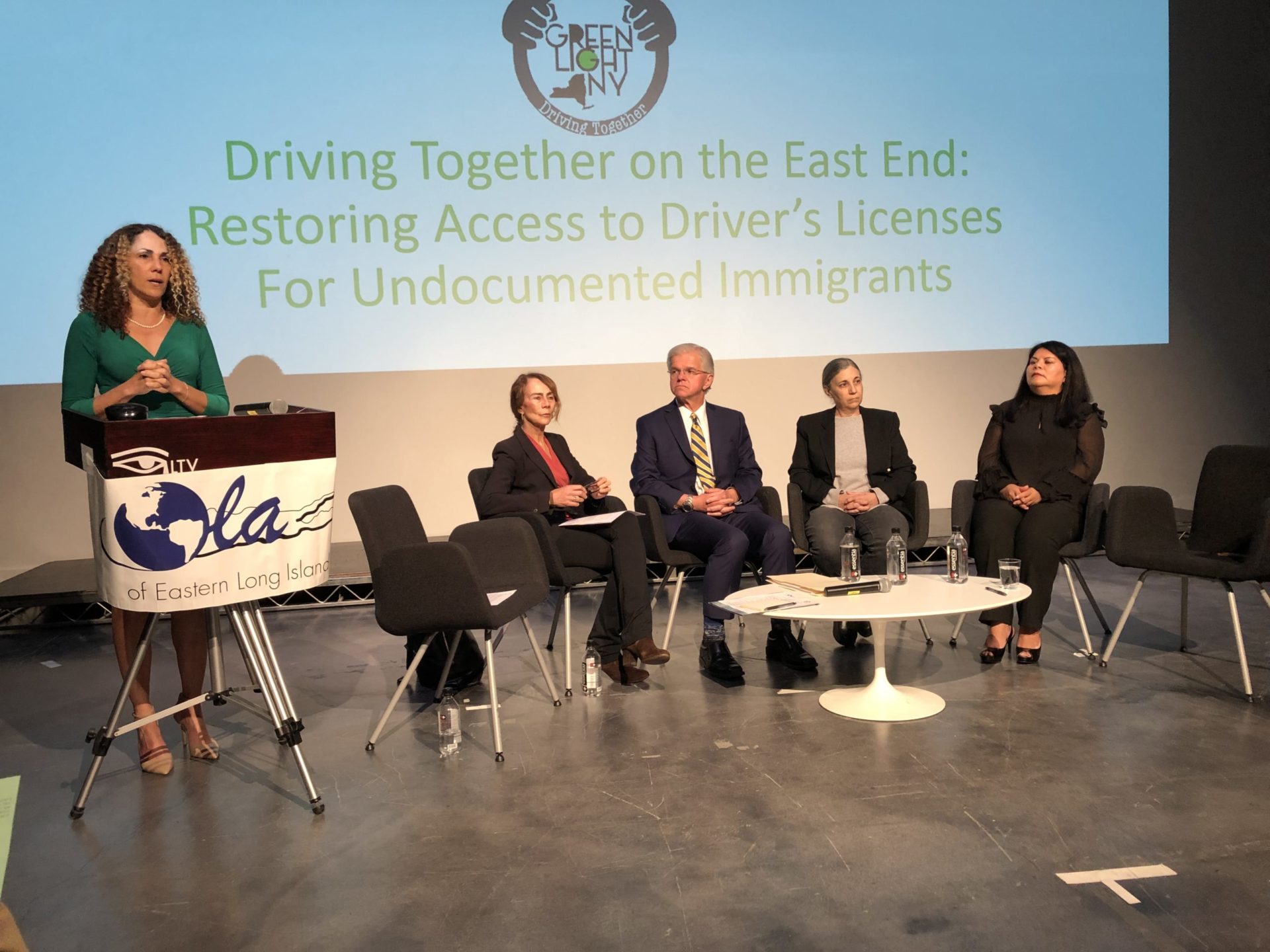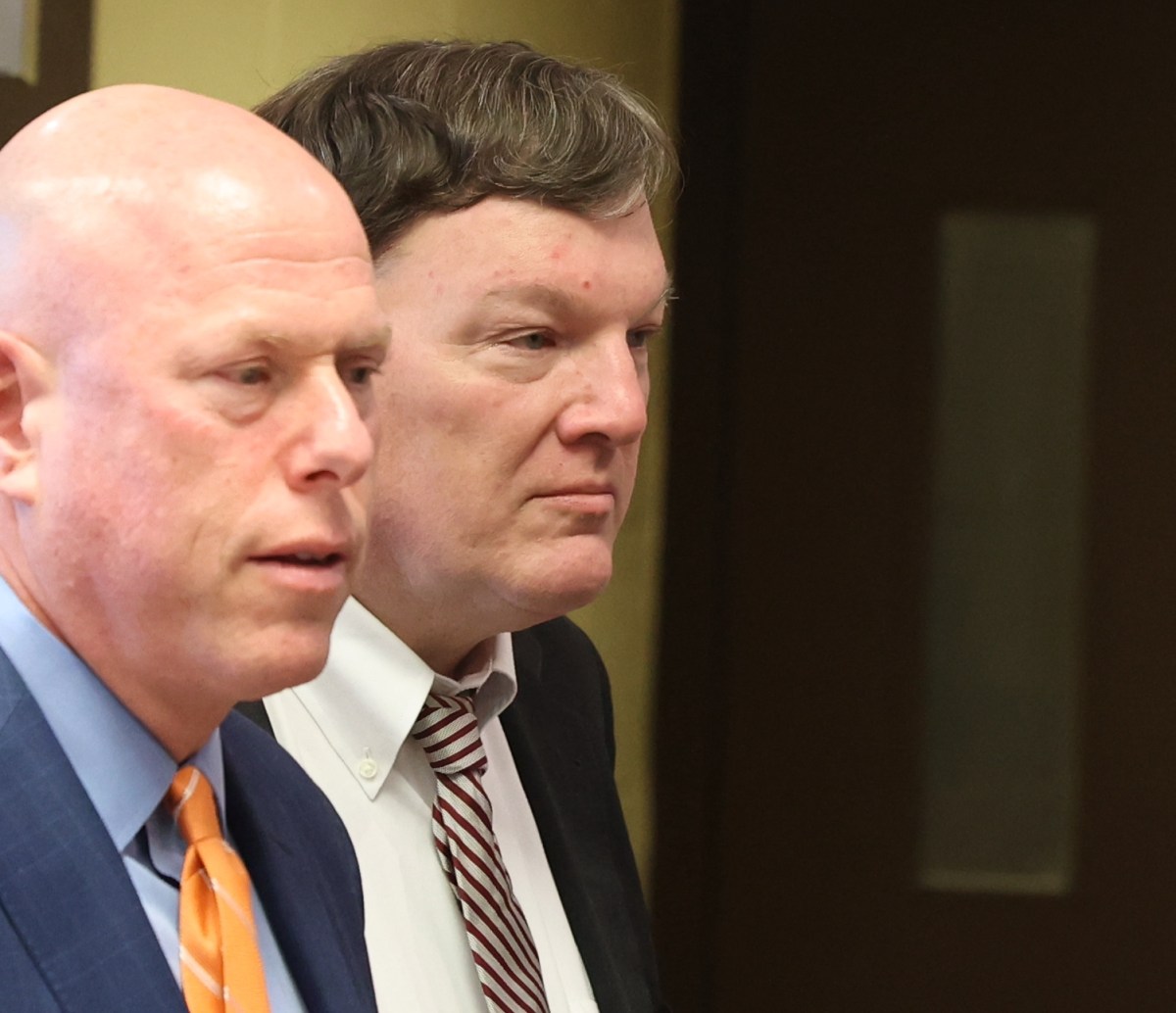DACA Saved, But Is It Here To Stay?

The United States Supreme Court ruled on Thursday that the Trump administration had acted improperly when the Department of Homeland Security tried to rescind the Deferred Action for Childhood Arrivals program, known as DACA. However, while many East End DACA residents celebrated the decision, the ruling makes clear that the DACA program can still be ended by the Trump administration if it follows proper procedures in doing so.
Minerva Perez, the executive director of Organización Latino-Americana of Eastern Long Island, cautioned on Friday, “DACA is not safe.”
DACA was set up by executive order during the Obama administration, in recognition of the fact that many undocumented workers across the nation had brought their children with them when they had entered the country. By 2012, many of those children had grown up in this country and saw themselves as American. Under the DACA program, those eligible were allowed to register with the DHS. In return, the DHS would defer any deportation action or proceedings. DACA residents were issued Social Security cards, and pay weekly towards Medicare.
“These are people we can only hope to have as citizens,” Perez said. She pointed out that DACA residents, who number about 700,000 nationally, with abut 122,000 residing in New York State, have a history of accomplishment in this country, including many who have served in the U.S. Armed Forces.
The Supreme Court decision describes the program as applying “to childhood arrivals who were under age 31 in 2012; have continuously resided here since 2007; are current students, or have completed high school, or are honorably discharged veterans; have not been convicted of any serious crimes; and do not threaten national security…”
In January 2017, however, Trump became president. The new administration acted quickly to end the DACA program. According to the Supreme Court decision, they acted too quickly. “The dispute before the Court is not whether DHS may rescind DACA. All parties agree that it may. The dispute is instead primarily about the procedure the agency followed in doing so.”
Then acting DHS secretary Elaine C. Duke laid out in September 2017 how DACA would be dissolved. “No new applications would be accepted, but DHS would entertain applications for two-year renewals from DACA recipients whose benefits were set to expire within six months. For all other DACA recipients, previously issued grants of deferred action and work authorization would not be revoked but would expire on their own terms, with no prospect for renewal.”
Without DACA, all those who had registered with DHS would be vulnerable to possible deportation action.
Advocacy groups, such as the National Association for the Advancement of Colored People, sued the administration, temporarily preventing Duke’s action from taking effect.
The court found by a narrow 5-4 decision that Duke “had violated the Administrative Procedure Act by failing to adequately address important factors bearing on her decision.” She had failed to follow the process dictated by the APA, the court’s decision said.
The ruling makes it clear that DACA, which was created by the executive branch, could be undone by the president, if the proper process was followed. “Whether DACA is illegal is, of course, a legal determination, and therefore a question for the Attorney General,” the decision reads.
The decision was written by Chief Justice John G. Roberts. Roberts, normally a staunch conservative, had switched sides to join the four liberal justices in voting to block the administration’s action. The other four conservative justices voted to uphold the DHS.
It is the second time in a year that Roberts has crossed over to side with the liberal members of the court for procedural reasons on a case with major implications for the immigrant community. In June 2019, Roberts wrote the decision in the case regarding whether to allow a question to be placed on the Census that is now being conducted, asking about the immigration status of everyone in the respondent’s household. In voting to reject placing that question on this year’s census, along with the four liberals on the court, Roberts did not question the Constitutionality of the Trump administration’s objective.
Then, as now, it was just that they went about it without following the law.
“DACA is not safe,” Perez reiterated. “They are going to try to find other ways to take away DACA.”
Just as the Black Lives Matter movement is seeking legislative change to accomplish its goals, so too must the immigrant community and their advocates. Congress, she said, needs to codify DACA, and take it away from the whims of any president.



